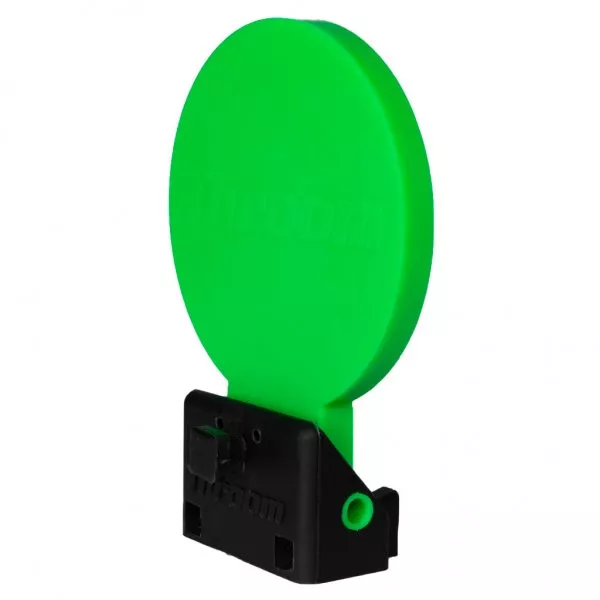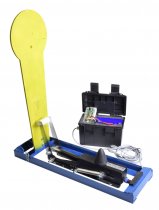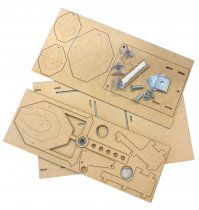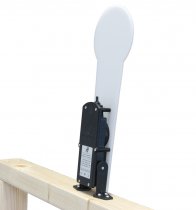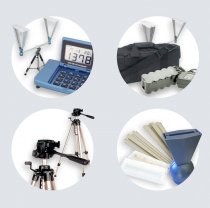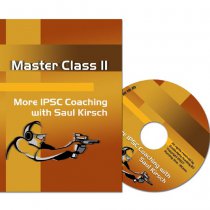What is IPSC
The International Practical Shooting Confederation (IPSC) is the world's largest shooting sport association and the largest and oldest within practical shooting. Founded in 1976, the IPSC nowadays affiliates over 100 regions from Africa, Americas, Asia, Europe and Oceania. Competitions are held with pistol, revolver, rifle, and shotgun, and the competitors are divided into different divisions based on firearm and equipment features. While everyone in a division competes in the Overall category, there are also own separate awards for the categories Lady (female competitors), Super Junior (under 16 years), Junior (under 21 years), Senior (over 50 years) and Super Senior (over 60 years).
IPSC's activities include international regulation of the sport by approving firearms and equipment for various divisions, administering competition rules and education of range officials (referees) through the International Range Officers Association who are responsible for conducting matches safely, fair and according to the rules. IPSC organizes the World Championships called the Handgun World Shoot, Rifle World Shoot and Shotgun World Shoot with three year intervals for each discipline.
IPSC History
The sport of practical shooting originated from competitions in California in the 1950s with the goal of developing handgun skills for defensive use, but quickly evolved into a pure sport with little grounding in the original purpose. The sport soon expanded to Europe, Australia, South America, and Africa. IPSC was founded in May 1976 when practical shooting enthusiasts from around the world participated at a conference held in Columbia, Missouri, creating a constitution and establishing the rules governing the sport. Jeff Cooper served as the first IPSC President. Today there are over 100 active IPSC regions, making practical shooting a major international sport which emphasizes firearms safety highly. Through international rules concerning firearms, equipment and organizing of matches one tries to unite the three elements precision, power and speed, which is also the motto of IPSC that is Diligentia, Vis, Celeritas (DVC), Latin for "precision, power, speed". Only full caliber firearms are used, i.e. for handguns 9×19 mm is the smallest caliber, and the competitors try to achieve most points in the shortest time possible.
Scoring system
Accuracy and speed is reflected by the comstock scoring method, while power is reflected by the minimum power factor requirement. Competitors fire the stages one at a time, and the scoring system is based on achieving most possible points in the shortest time.
Comstock
The scoring method is called comstock, named after its inventor Walt Comstock, which means that the competitor has unlimited time to complete the stage and can fire an unlimited number of rounds. The time is measured from the start signal until the last shot fired using special shot timers with microphones, and this way the competitor can influence the total stage time. Since the number of rounds is unlimited, the competitor can re-engage the same target in order to get more points, but at the cost of using more time. Usually, the two best scoring hits count for each target.
Competitors are ranked for each stage by their hit factor, which is the ratio of points per second. The hit factor is calculated by summing the points (target scores minus penalties) and dividing by the time used.
For example, if a stage has 12 paper targets, requires two scoring hits per paper target, and since an A-hit gives 5 points, the stage will have 12 × 2 × 5 = 120 points available. If a competitor scores 115 points and uses 25.00 seconds he will get a hit factor for that stage of 115 points⁄25.00 s = 4.6. The competitor with the highest hit factor wins the stage and gets all the available stage points (in this case 120 stage points), while other competitors are given stage points based on their hit factor percentage compared to the winner. For the overall match score, stage points are added for all stages, which means that each stage is weighted by how many stage points that are available.
The scoring method allows for a precise gradation of performances across the match, but requires a computer and software to do in a timely fashion. Matches can either be scored on paper and manually transferred to the official IPSC Match Scoring System (WinMSS), or can be scored directly on electronic devices like smartphones and tablets with the WinMSS Electronic Score Sheet (ESS) app or third party scoring systems like Shoot'n Score It or PractiScore.
Power factor
The power factor is the momentum of the fired bullet as it's moving through the air, which contribute to the recoil of the firearm (together with the propellant gases stemming from the amount of gunpowder). Thus, the power factor in a way reflects recoil. The power factor must exceed certain thresholds, and is calculated by measuring the bullet speed using a chronograph and measuring another of the competitor's bullets on a weighing scale to find the bullet mass, thereafter calculating the power factor by the formula:
The official unit used for the power factor is the imperial unit "kilo grain feet per second" (kgr·ft/s). "Grain feet per second" (gr·ft/s) can be obtained by measuring the mass in grain (gr) (equal to 1⁄7000 pound), and velocity in feet per second (ft/s), but since their product yields a very large number it is common to multiply by a factor of 1⁄1000, obtaining the power factor in "kilo grain feet per second" instead.
To measure the muzzle velocity the competitor's ammunition must be fired in the competitor's firearm, since velocities can vary slightly from one firearm to another. In for instance handgun competitions, the ammunition must exceed 125 kgr·ft/s for minor scoring, and at least 160 or 170 kgr·ft/s for major scoring (depending on division). Extra scoring is not given for exceeding the threshold. A competitor declaring major, but who fails the threshold, have their score re-calculated at minor. A competitor who fails the threshold of minor is given a score of zero for the match.
Targets
To achieve a varied, challenging and exciting sport there are no fixed target arrangements, distances or shooting programs, making every match unique. Paper and steel targets can be mixed in the same stage, and may be static, moving or partially covered by targets called no-shoots that give minus points if hit.
Paper targets have the three scoring zones A, C, and D with points per hit varying slightly depending on power factor. A center hit for both minor or major is five points, but hits in lesser scoring areas are rewarded more for major than minor with the A-C-D zones being scored 5–4–2 for major and 5–3–1 for minor (see table below). A competitor who has declared minor must therefore either shoot more "A" hits or shoot faster than one who has declared major in order to make up the scoring disadvantage.
Some typical examples of moving target setups are swingers, bobbers, clamshells, movers, and drop turners.
Scoring of the targets is done by the Range Officer. For the competitor to get the relevant scoring value or penalty points, the bullet hole must at least touch the line of the scoring area. (Breaking the relevant scoring line is thus not necessary.)
Steel targets score 5 points and must fall to be scored. (For rifle some steel targets may score 10 points).
For paper targets, the octagonal IPSC Target in typical cardboard color is used throughout all the disciplines, and a ⅔ scaled-down IPSC Mini Target is used to simulate a full size target placed at a greater distance. Additionally, the Universal Target can be used for rifle or shotgun, while the A3 and A4 paper targets are approved for shotgun matches only.
For steel targets, there are two standardized knock down targets, the IPSC Popper (85 cm tall) and the ⅔ scaled-down IPSC Mini Popper (56 cm tall). Metal plates are often circles between 20–30 cm in diameter or squares between 15×15 cm to 30×30 cm for handgun, and circles between 15–30 cm in diameter or squares between 15×15 cm to 30×45 cm for rifle and shotgun.
Disciplines and divisions
For many years IPSC was fired with whatever firearm the competitors chose, but as equipment became more and more specialized various equipment classes were introduced. The equipment classes in IPSC are called "divisions". All divisions fire the same stages, on the same days, as all other divisions, in a match. However, when calculating match standings, only divisional stage scores are compared. Thus, the top competitor in Open on a stage is the measure for all other Open competitors, the best Standard competitor is the measure for all other Standard competitors and likewise for all other divisions.
Handgun
In handgun, there is currently one division for optical sights and four divisions for iron sights. The minimum caliber is 9×19 mm for all handgun divisions. During the competition the handgun must be worn in a holster securely attached to the competitor's belt. The holster needs to cover the trigger guard, the heel of the gun needs to be above the top of the belt and the belt has to be attached through at least three belt loops. Men must wear the holster, magazine holders, etc. in the belt at waist level, while female competitors may choose to wear their equipment either at hip or waist level. During the competition the position of the holster, magazine holders etc. can not be moved or adjusted from stage to stage. For all divisions except Open and Revolver the foremost portion of the handgun and all magazines must be placed behind the hip bone. Race holsters are permitted in all divisions.
Open
The Open division is the handgun equivalent to the Formula 1 race car where most modifications are permitted to achieve a faster and more accurate gun. It's the only division which permits optical and electronic sights (such as red dot sights) and recoil reducing muzzle brakes (also called compensators). The division facilitates the highest magazine capacity, placing a restriction of 170 mm maximum overall length measured at the rear of any magazine. Shorter magazines, i.e. 140 mm, are also popular because of easier handling and often more reliable feeding, leaving the competitor a choice of equipment according to the stage at hand.
Open and Revolver are the only two divisions where 9 mm bullets (.355") can be used to achieve major scoring, and hence .38 Super (or some variant) or 9×19 mm loaded to major power factor of 160 kgr·ft/s are popular cartridges for the pistols in Open. The 9 mm caliber cartridges provides higher gas pressures and better magazine capacity over 10 mm calibers. Open handguns are often expensive custom builds with parts and features specifically designed for competition, and with the maximum magazine length of 170 mm some 9 mm/ .38 Super magazines can hold up to 28 or 29 rounds.
The Open division was formally adopted at the General Assembly following the 1992 European Handgun Championship in Barcelona, Spain, and became a recognized division starting in 1993. Any handguns complying with the previous rules were included, for instance, there was no restriction placed on handgun size or type of sights. Later the 170 mm maximum length was introduced.
Standard
Standard division allows any handgun that fits inside the IPSC box, and most modifications are permitted (except optical sights or compensators). Light match triggers are common, and modifications such as slide rackers, thumb rests ("gas pedals") and grip tape on the slide can sometimes also be seen. The IPSC box has internal dimensions of 225 x 150 x 45 mm in length × height × depth with a tolerance of +1 mm, −0 mm (approximately 8.86 × 5.91 × 1.77 inches). The handgun must fit with the slide parallel to the longest side of the box and hammer cocked if applicable. The handgun must fit the box with any of its magazines inserted, which means that for instance on 2011 pattern pistols either 124 or 126 mm magazines usually will give the maximum capacity and still fit the box.
Minimum caliber for minor scoring is 9x19 mm loaded to a power factor of 125 kgr·ft/s while minimum caliber for major scoring is a 10 mm (.40") cartridge loaded to a power factor of 170 kgr·ft/s, making for an interesting choice between minor and major scoring taken in mind the differences in recoil, magazine capacity and scoring points. An example of differences in magazine capacity depending on caliber can be seen when comparing stock 126 mm STI 2011 double-stack magazines, which according to the manufacturer yields a capacity of either 12 rounds for .45 ACP, 14 rounds for .40 S&W or 17 rounds for 9x19 mm. Magazine capacity can be further increased using aftermarket springs, followers and basepads as long as they still fit the box. For a 2011 pattern handgun, aftermarket parts and magazine tuning can increase capacity from 12 to 16 rounds for .45 ACP, from 14 to 19 rounds for .40 S&W and from 17 to 21 rounds for 9×x19 mm. It is a common belief that major scoring using the .40 S&W will give better scores for most competitors over the 9x19 mm, but at the cost of more expensive ammunition.
The Standard division was formally adopted at the General Assembly following the 1992 European Handgun Championship in Barcelona, Spain, and became a recognized division starting in 1993. One of the intentions of the Standard division was to create a division for more "stock" firearms, which up until then had been no equipment divisions, and the sport had started to become dominated by custom-built race guns with compensators and optical sights. However, the Standard division was later criticized for also having become a "race division" somewhat like the Open division, which was dominated by custom built guns and specialized gear. Major caliber .40 S&W dominates, since it is seen as a much better alternative scoring-wise, but is more expensive than regular minor scoring 9×19 mm (price difference varies, but usually 50–60% more expensive). Also, from a practical standpoint, the .40 S&W round can be difficult to obtain when travelling to international matches, while the 9x19 mm round, on the contrary, is perceived as affordable and available all around the world. This made way for the Production division starting in 2000, which has minor scoring only, allows fewer modifications and has a common magazine limit of 15 rounds.
Production/Production Optics
The Production division is the most popular division as of 2016. The division allows very few modifications and is limited to typical "off the shelf" service pistols which has to be explicitly approved and listed on the IPSC Production Division List. Maximum barrel length is 127 mm (5 inches). The handgun must be double-action (DA/ SA, DAO or striker fired), and is required to have a minimum trigger pull weight. Striker fired handguns have a minimum trigger pull of 1.36 kg for every trigger pull, while DA/SA handguns are required to have a minimum trigger pull of 2.27 kg only for the first double action trigger pull (no weight limit for subsequent single action trigger pulls).
Production is the only division with minor scoring only, which means that anyone can be competitive with affordable and readily available 9x19 mm factory ammunition, without having to worry about handloading to provide significant savings. Together with (in general) affordable handguns, Production, therefore, makes for a popular division. Different models of handguns have variance in magazine capacity, but this is evened out by limiting competitors to load their magazines to a maximum of 15 rounds (15 in each magazine plus 1 in the chamber).
Permitted modifications are limited to the application of grip tape in limited areas around the grip, replacement of sights that do not require gunsmithing to be installed (i.e. milling to the slide) and the replacement of internal components only available as a factory option from the original manufacturer. After-market magazines are allowed. Minor polishing and fitting of trigger components is permitted. Note that there are differences in approved handguns for the IPSC Production division and the USPSA Production division, as well as permitted modifications.
From 2019, the Production division has been divided into Production, Production Optics and Production Optics Lite. Production Optics is based on the Production rules, but with an optical sight allowed. The optical sight can only be mounted to the un-modified slide. Racking handles or other protuberances from the optical sight or its mounting is not permitted. Regular Production handguns without optical sights can also compete in this division. Production Optics Lite is similar, except that the complete handgun must satisfy a weight limit of 1000 grams
The Production division was introduced at the General Assembly after the 1999 Handgun World Shoot in Cebu, Philippines, and became a recognized division starting in 2000. Production Optics was accepted as a trial division in 2017, and both Production Optics and Production Optics Lite were definitively accepted in 2018.
Classic
Introduced in 2011, the Classic division was modelled after the USPSA Single Stack division and is limited to handguns visually resembling the single stack 1911 form. The handgun with any of its magazines inserted has to fit inside the IPSC box. The competitor can choose between maximum 8 rounds per magazine for major scoring or 10 rounds per magazine for minor scoring. Minor scoring can be achieved with a 9 mm projectile loaded to a power factor of 125 kgr·ft/s, while major scoring requires a 10 mm or larger projectile loaded to a power factor of 170 kgr·ft/s.
Handguns must have a one-piece metal frame, slide with stirrup cuts and the dust cover (with or without an accessory rail) can have a maximum length of 75 mm from the leading edge to the rear of the slide stop pin. Magazine wells cannot exceed a maximum outside width of 35 mm. Permitted modifications are shaped slides (i.e. flat-top or tri-top), shaped trigger guards (i.e. squared or undercut), bob-tail backstraps, bull or coned barrels, external extractors, finger-grooves (machined, add-on, wrap-around, etc.), custom magazine release buttons, triggers, hammers, single/ ambidextrous thumb safeties, any iron sights, extended slide lock levers and thumb shields provided they do not act as a thumb rest. Cosmetic modifications are permitted.
Prohibited modifications / parts are slide lightening cuts, weak hand thumb rests and slide rackers.
Revolver
In the Revolver division double action revolvers in caliber 9x19 mm or larger of any capacity can be used. Muzzle brakes or optical sights are not permitted. Competitors may declare major with a 9 mm (.355") bullet loaded to a power factor of 170, but a maximum of 6 rounds can be fired before a reload is required. From 2017, there is no limit on the number of rounds fired before a reload is required, but revolvers with a capacity of 7 rounds or more will automatically be scored as Minor power factor. It is common to use moon clips for faster reloads. The Revolver division was introduced at the General Assembly after the 1999 Handgun World Shoot in Cebu, Philippines, and was a recognized division starting in 2000, initially under the name "Revolver Standard" before it was renamed to "Revolver" around 2009.[citation needed]
Matches
Types of courses
A match consists of a mix between short courses (lowest number of targets), medium and long courses (highest number of targets). The approved balance for a match is a ratio of 3 short courses to 2 medium courses and 1 long course (i.e. 6 short, 4 medium and 2 long courses for a level 3 match). Since the number of targets dictates the available points for that stage, and therefore Long courses potentially can have a have great impact on the overall standings. Short courses have fewer points available, and tend not to be as critical for the overall standings. Short courses are often more technical, offer many different stage solutions, or include challenging elements such as "empty chamber" or "empty magazine well" starts, or "non-freestyle shooting" elements such as strong or weak hand only. Medium courses are something in between, while long courses will have the highest round count. Long courses tend to be more freestyle and straightforward as far as different stage solutions. The shooting challenges may still not necessarily be easy, and a match can be lost or won at a long course since there are so many points available.
Match levels
Competitions are held at all levels from club matches and up to the world championships. Level 3 matches and up require official IPSC pre-approved match level sanctioning in regards to courses, IROA-range official, etc.
- Level 1: Club matches
- Level 2: Matches open to participants from different clubs
- Level 3: Regional matches, i.e. national championships or other large matches such as the Extreme Euro Open
- Level 4: Continental championships, i.e. the European or Pan-American Championship
- Level 5: The World Shoots
The World Shoots are the highest level shooting matches within IPSC. Held since 1975, it is a multi-day match where the best IPSC shooters from around the world compete for the World Champion title.
Match etiquette
Walkthrough refers to being inside the fault lines of a stage when not shooting, and is usually done by competitors for finalizing stage plans. Walkthroughs are restricted for equity reasons. Competitors are not allowed to enter or walk on the stages on their own initiative, but must be invited to do so by the Range Officer first after having received the stage briefing. After the stage brief, the squad as a whole is normally given between 3 and 5 minutes to walk the particular stage collectively. Afterwards, the command Time's up is given, upon which the first shooter is asked to load and make ready.
On-deck refers to the competitor first in line waiting to shoot. The shooter second in line is referred to as being in-the-hole. During scoring of the preceding shooter, the shooter on deck is usually allowed to take a final walkthrough.
So as not to disturb, spectators and other competitors should be still and remain silent while a competitor is preparing to shoot as well as during shooting.
After a competitor has performed well on a stage it is common to receive soft applause. Such quiet clapping is the preferred form of applause for shooters; louder forms of applause are discouraged so as not to disturb other shooters who may be in the process of attempting a stage. Shoot-Off's are an exception to this.
After having completed a stage and received scores it is common for the competitor to thank and shake hands with the Range Officer.
Competitors are divided into Squads that rotate between the Courses of Fire. A Super Squad refers to a Squad of elite and top-seeded competitors who are among the favorites to win a match. They often consist of two or more national teams who are handpicked by their respective national sport directors. Match favorites are required to be placed in Super Squads so that they get the most similar conditions.
Match officials
The International Range Officers Association (IROA) is a part of IPSC with the responsibility to train and certify their own dedicated range officials, who are responsible for conducting matches safely, fair and according to the rules. In addition, each IPSC region have their own National Range Officers Institute (NROI) under the IROA. In a match range officials from IROA and NROI can work alongside in the ranks:
- Range Officer (RO) – The Range Officer gives the competitors stage briefings, issue range commands and follows the competitor through the conduction of the stage to monitor time, scores and safe firearms handling.
- Chief Range Officer (CRO) – In case there are several Range Officers, a Chief Range Officer will be assigned to have the primary authority over the particular course. Like the RO, the CRO will oversee fair and consistent application of the rules.
- Range Master (RM) – The Range Master has the overall authority over the entire range during the match, including all Match Officials and the overall safety.
- Match Director (MD) handles the overall match administration before and during the match, including registration, squadding, scheduling, range construction and coordination of the staff. The Match Director doesn't have to be an NROI or IROA Official.
- Stats Officer (SO) is another important role with the responsibility to collect, sort and verify the final results.
.png)




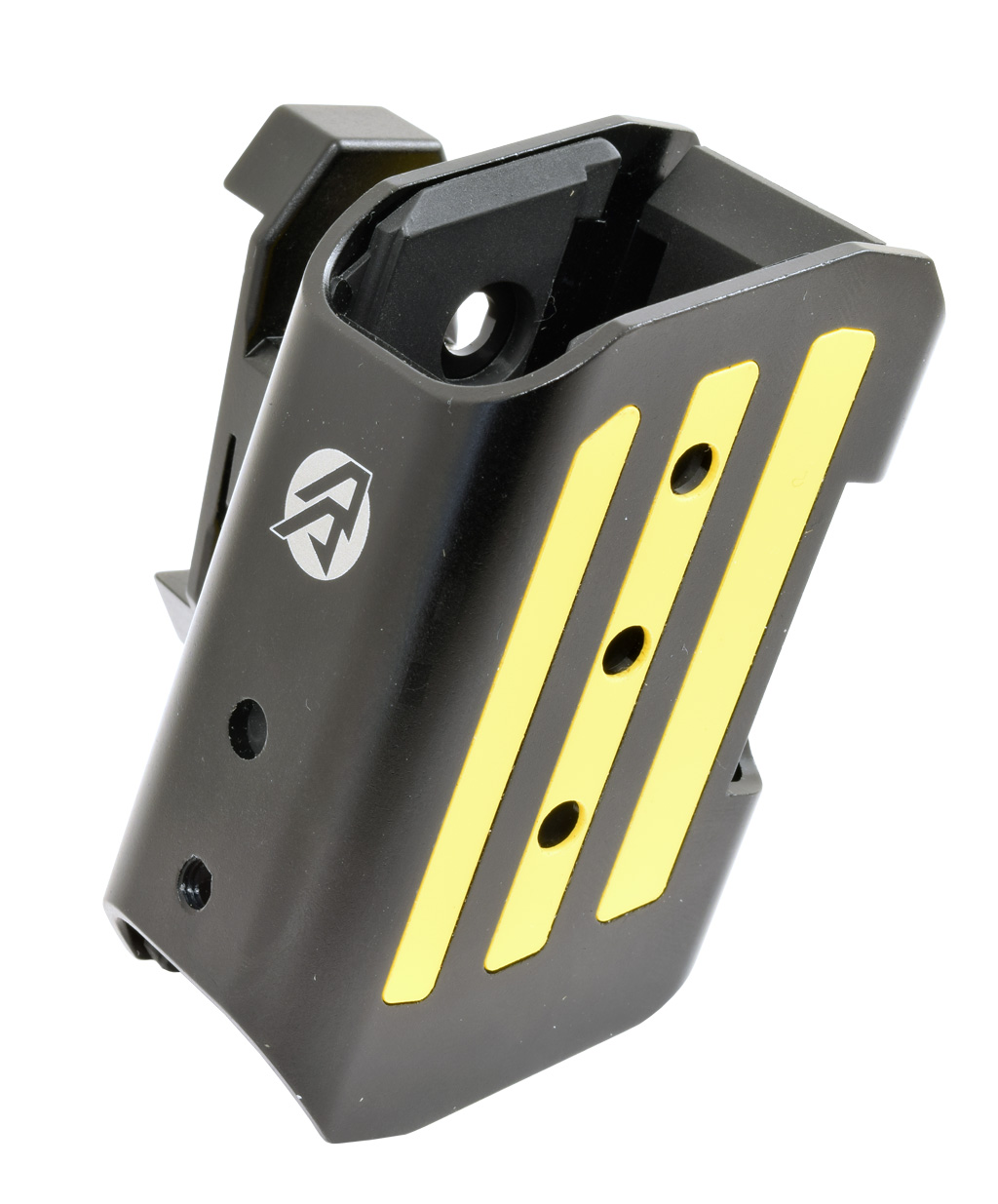
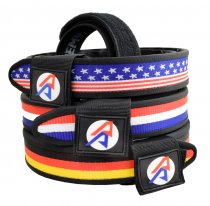
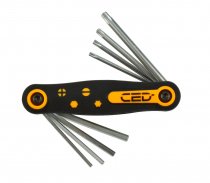
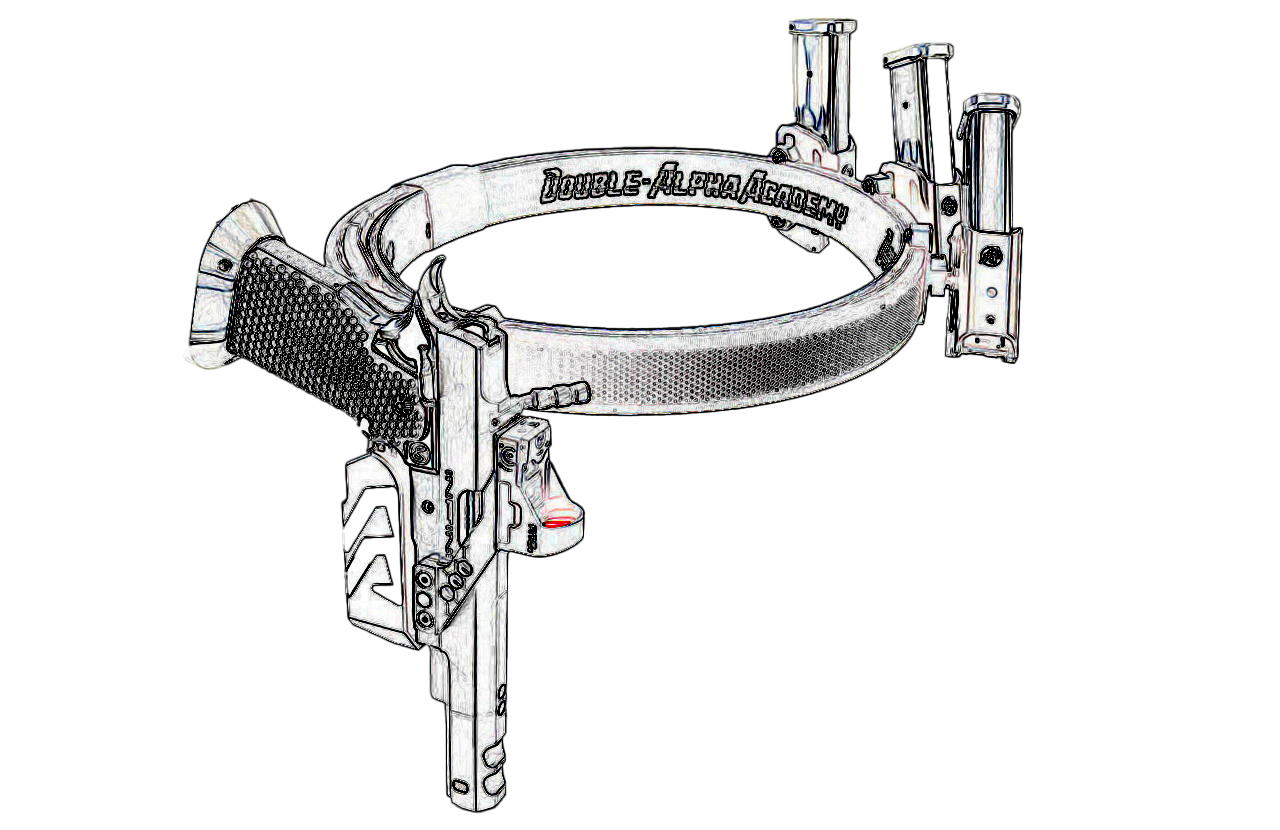


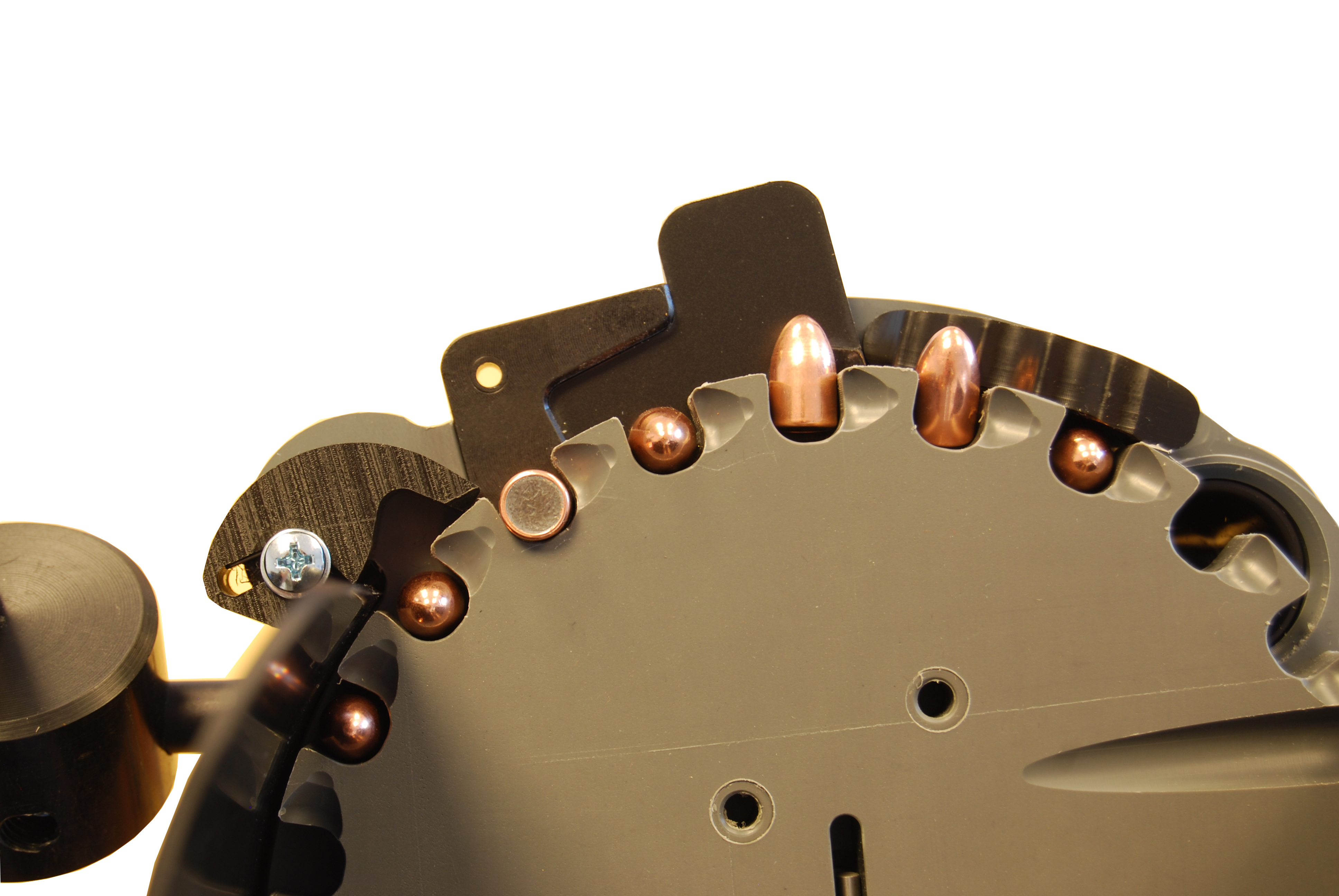
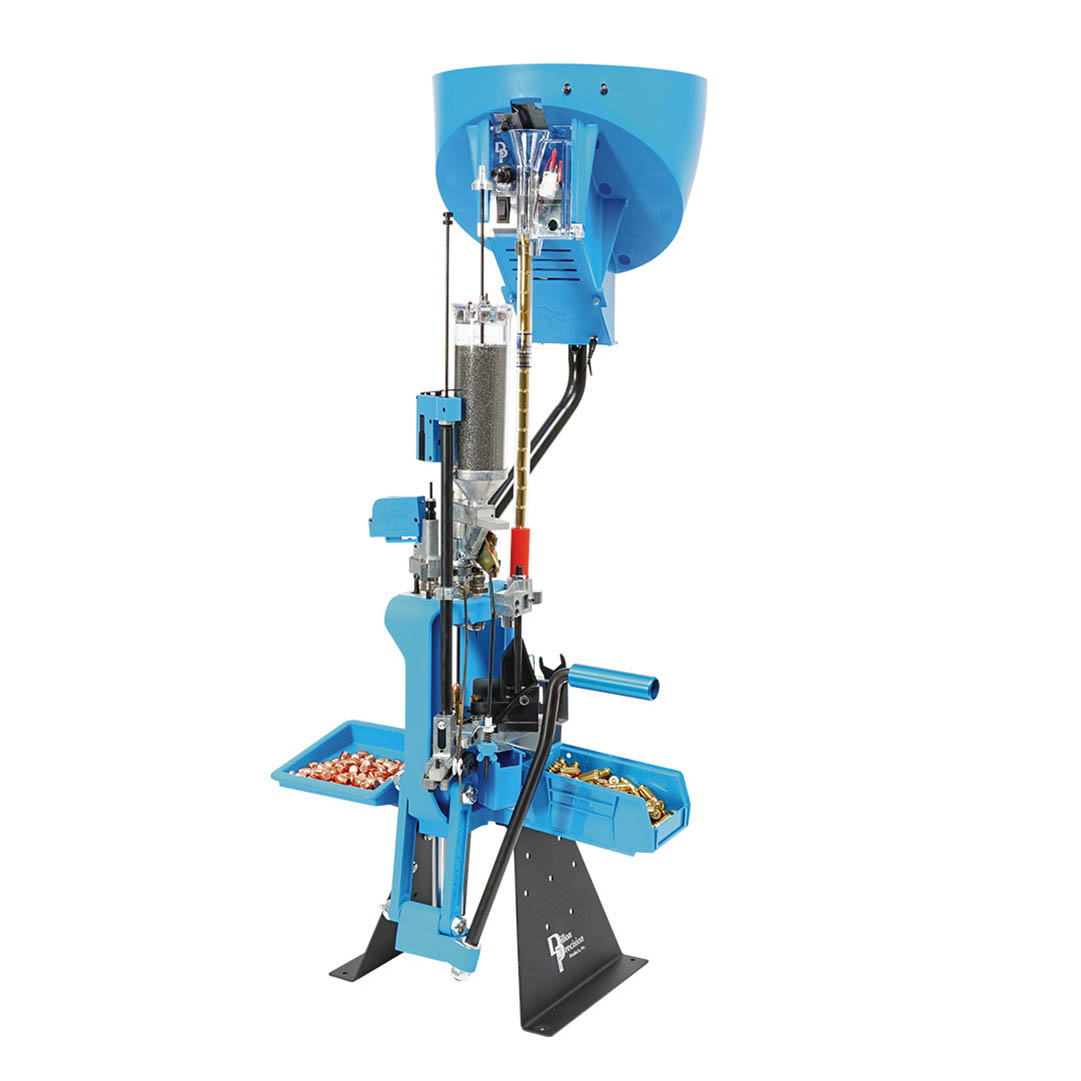


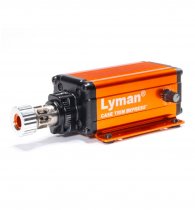
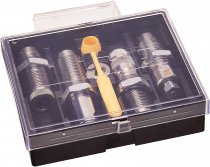

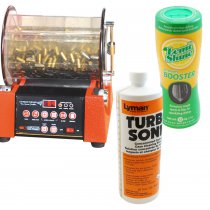
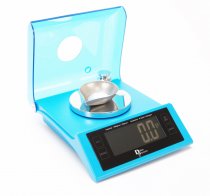
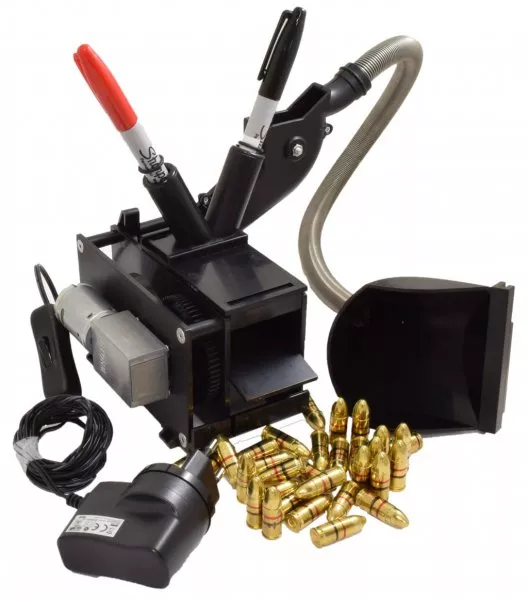

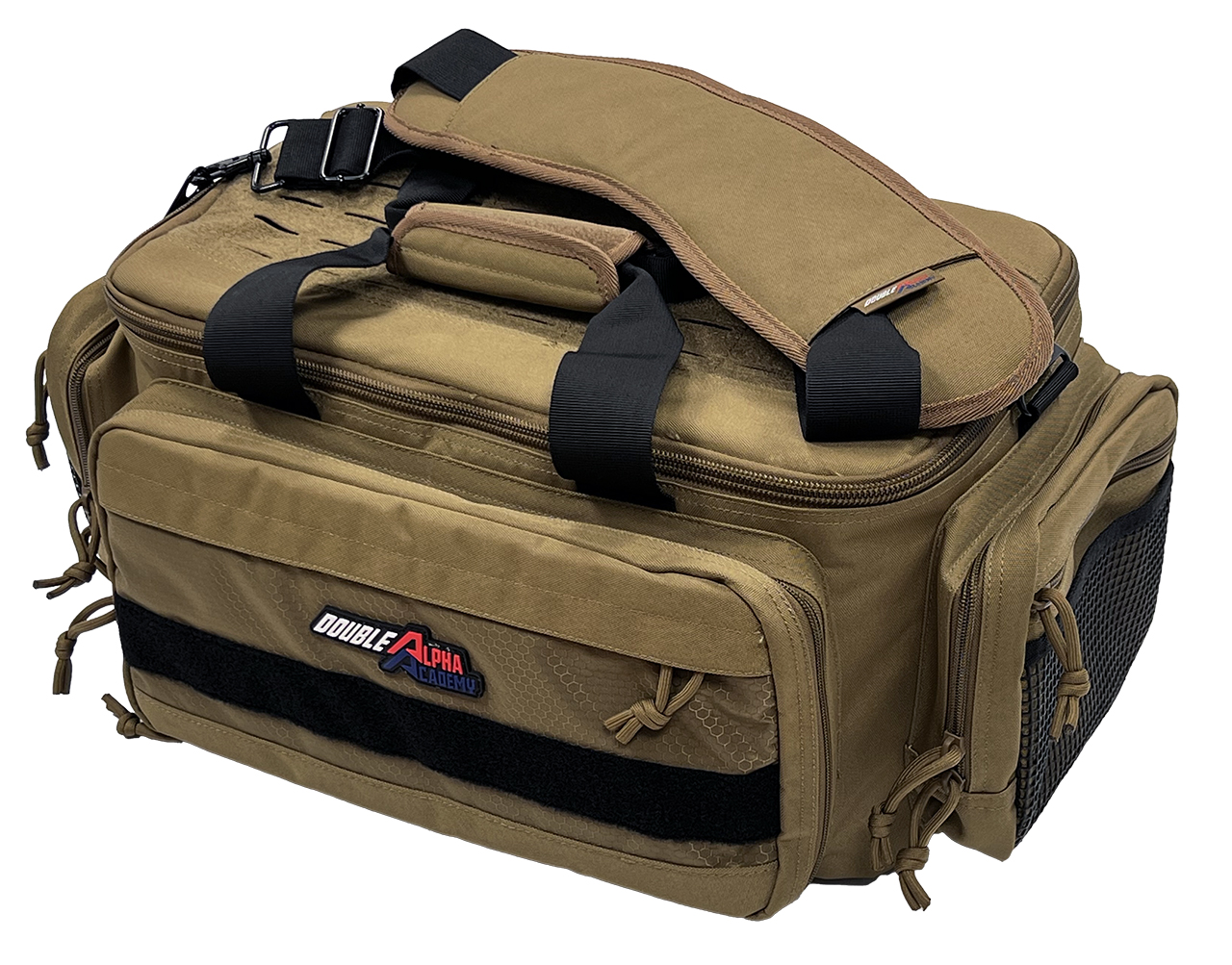
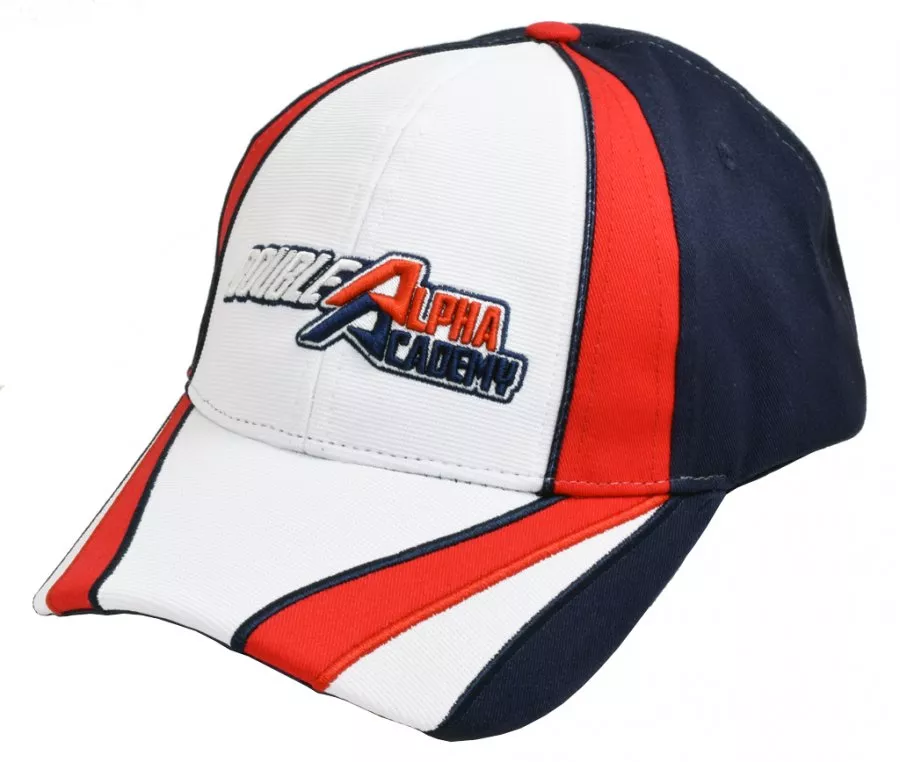


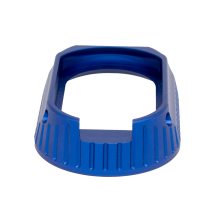
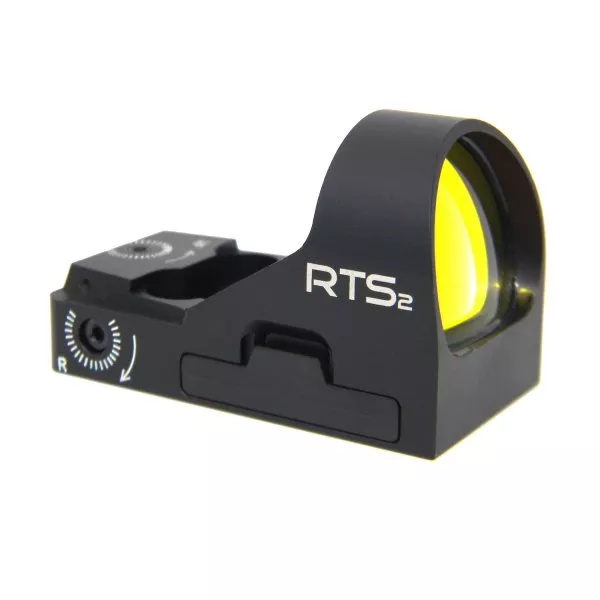
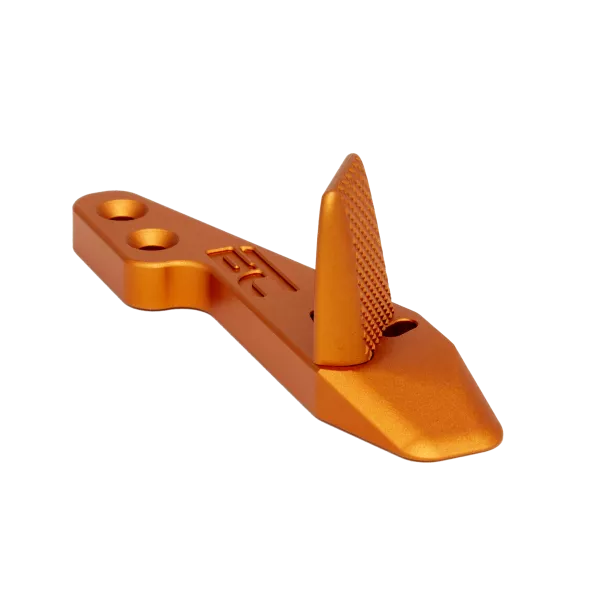
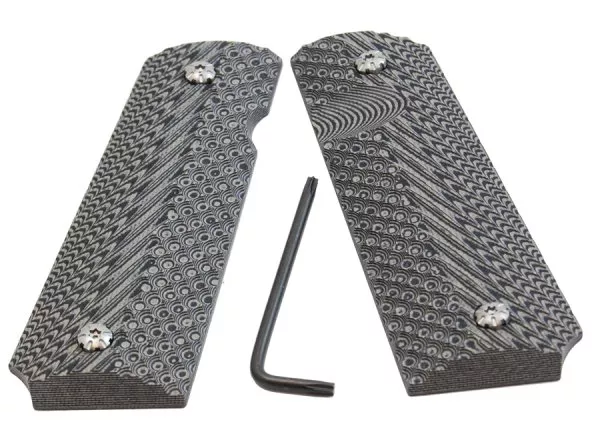
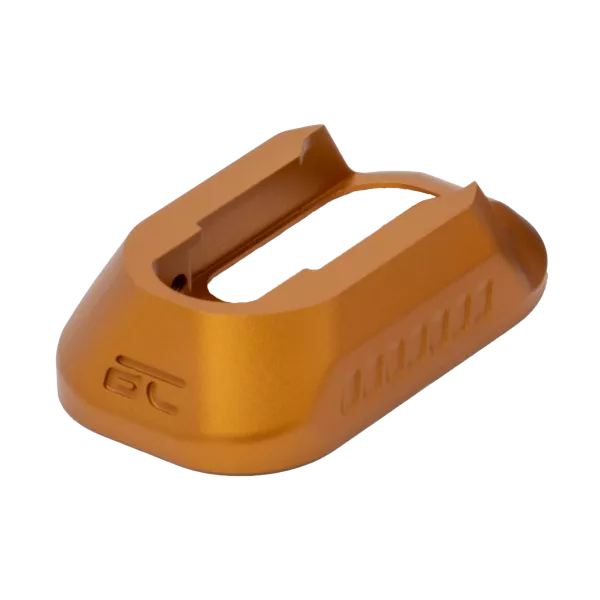
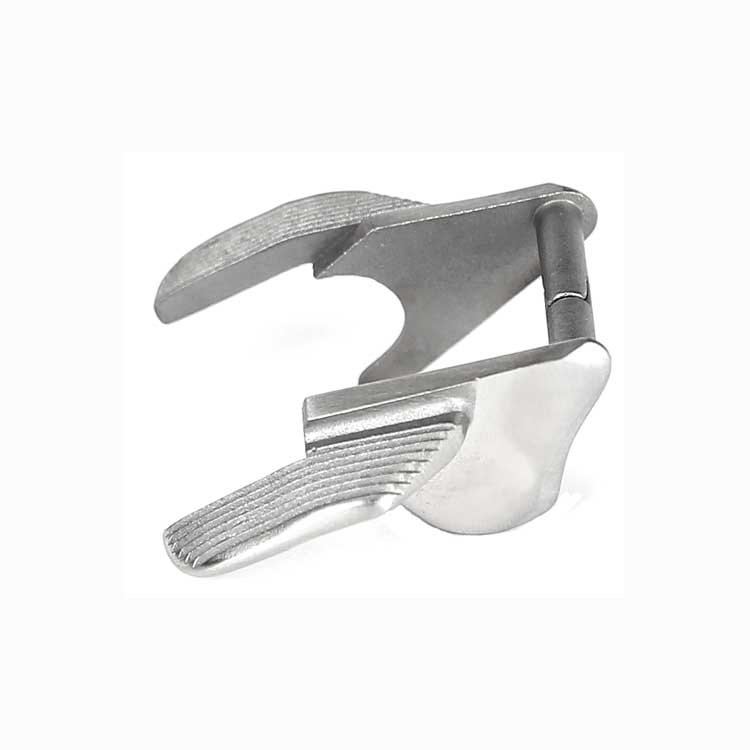
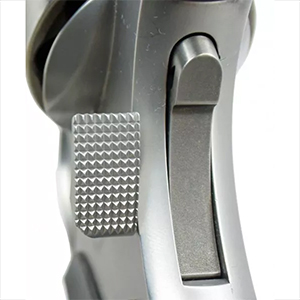
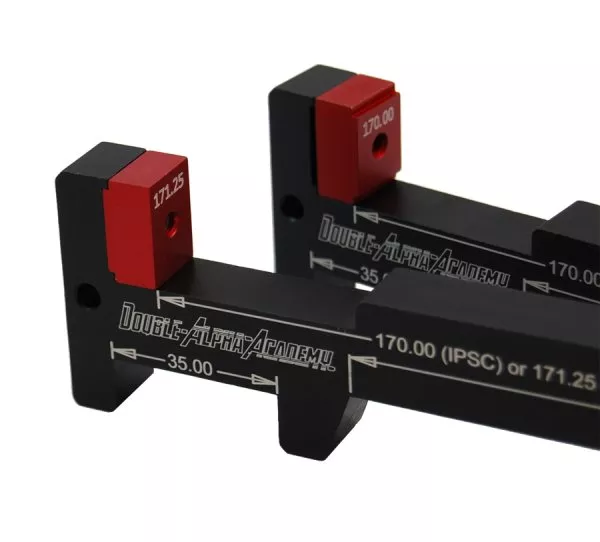
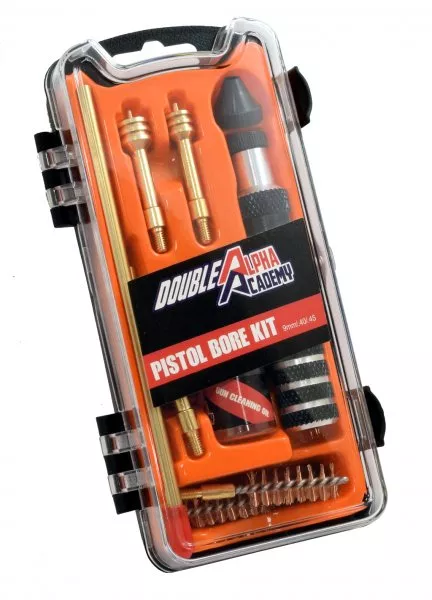

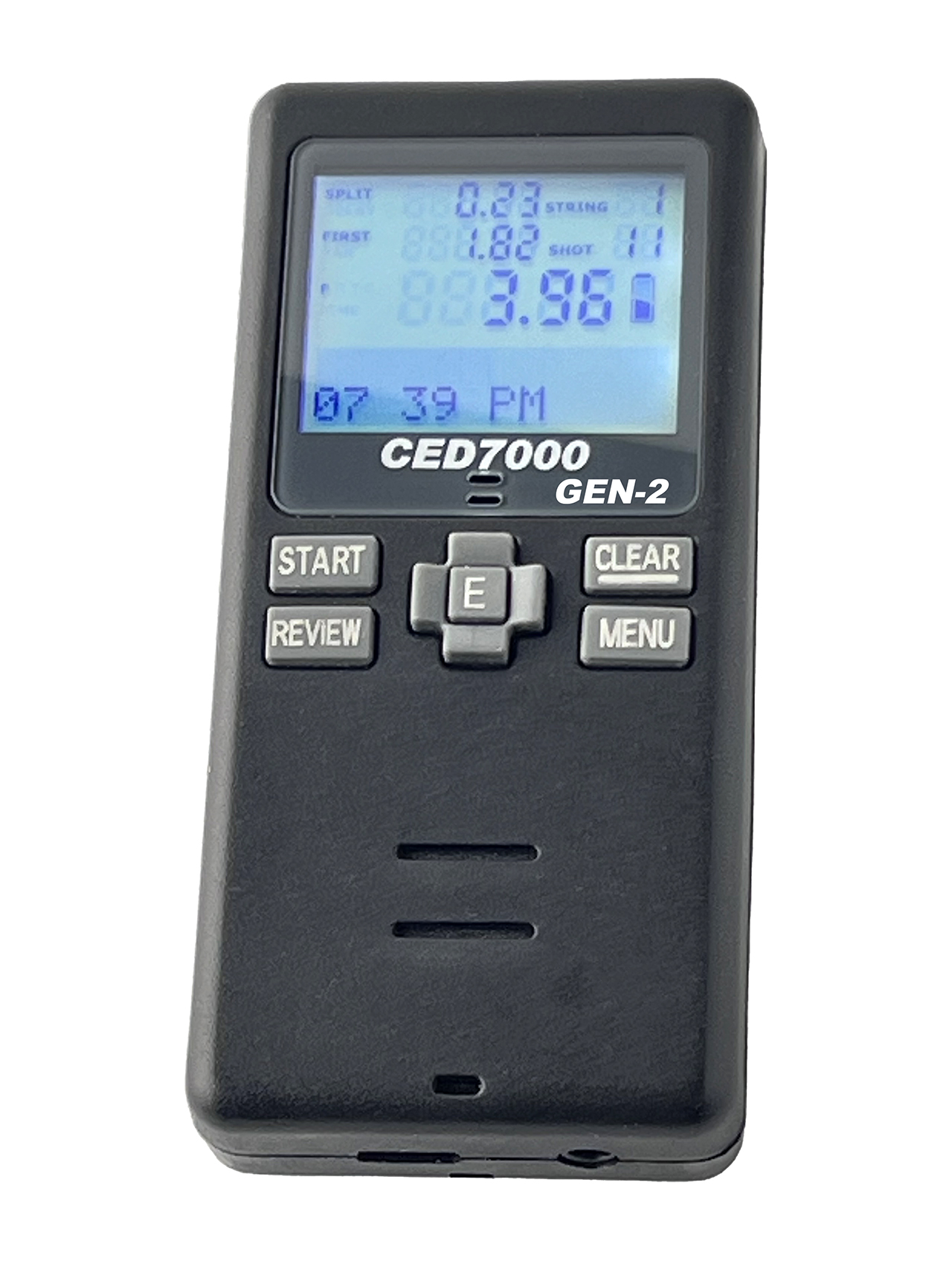


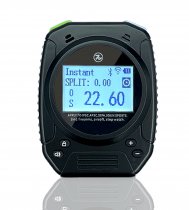
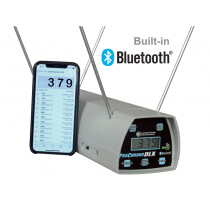
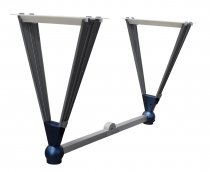
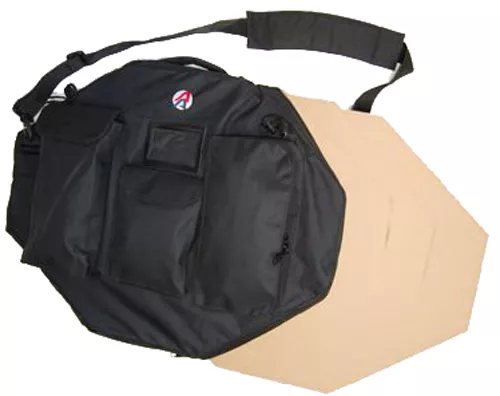
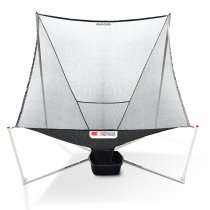
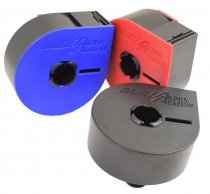
.webp)

